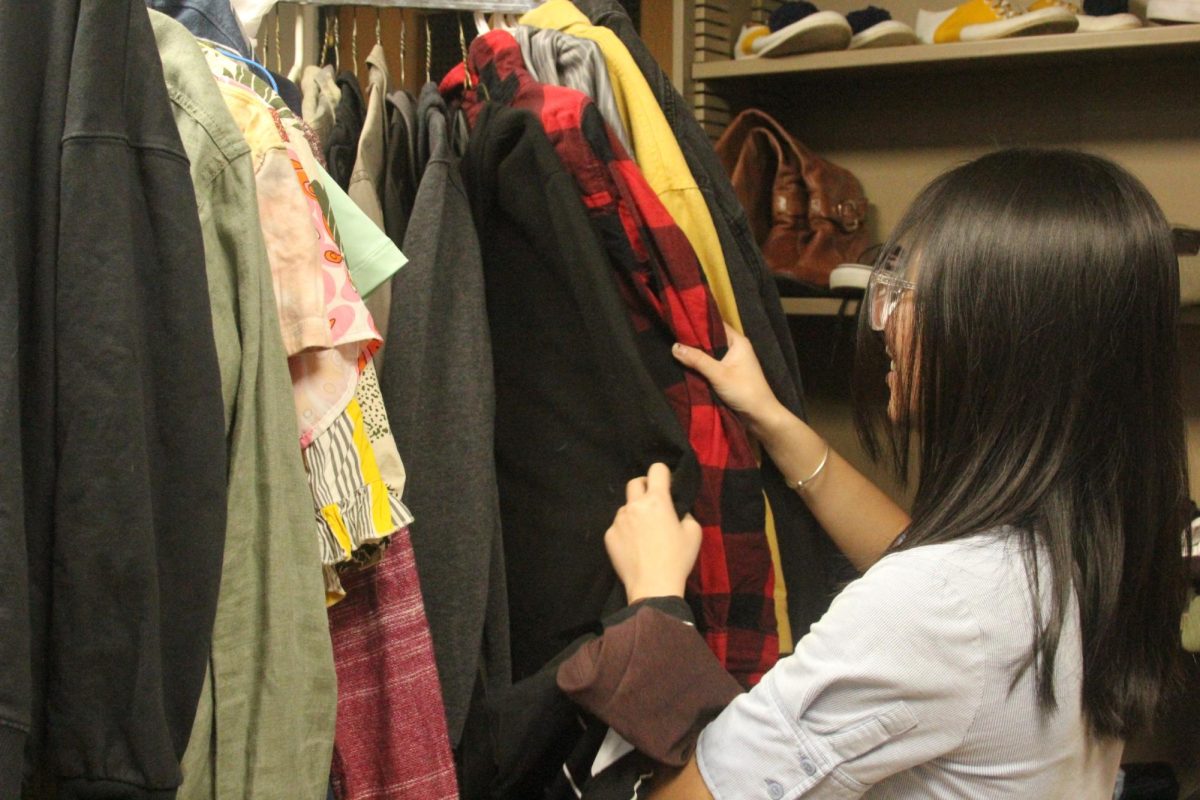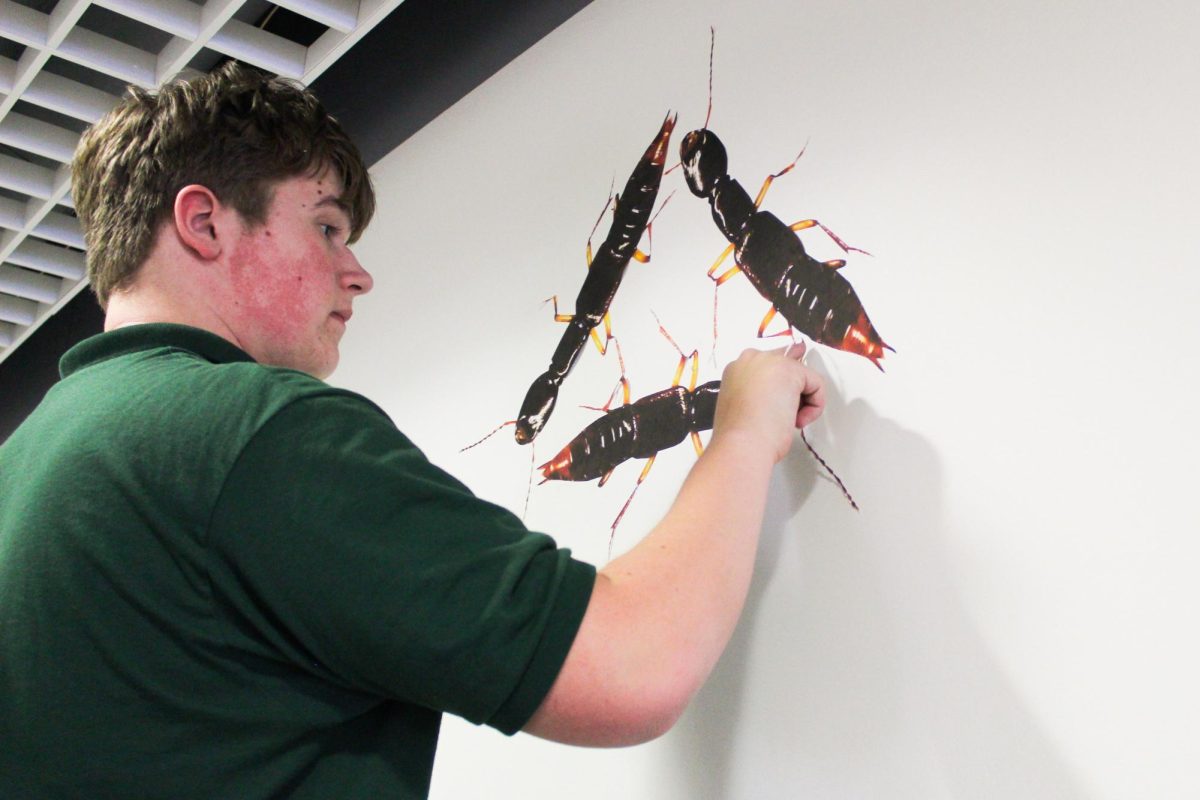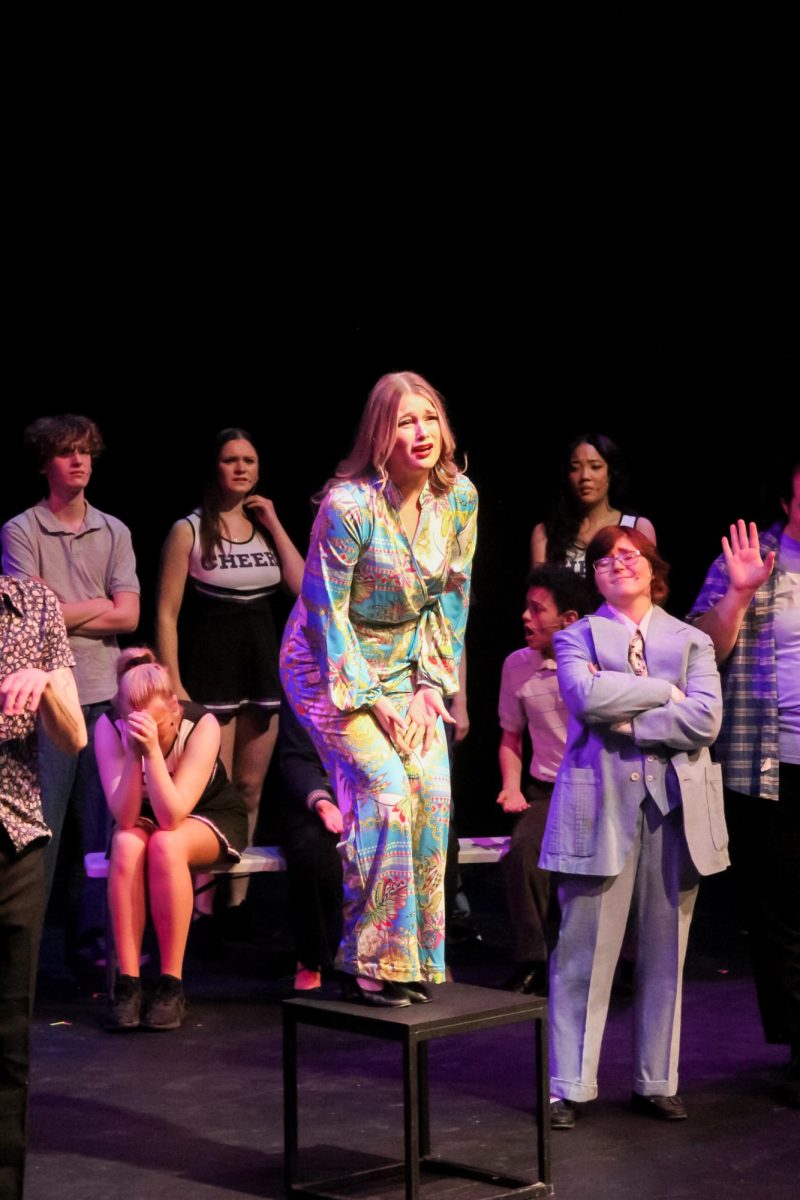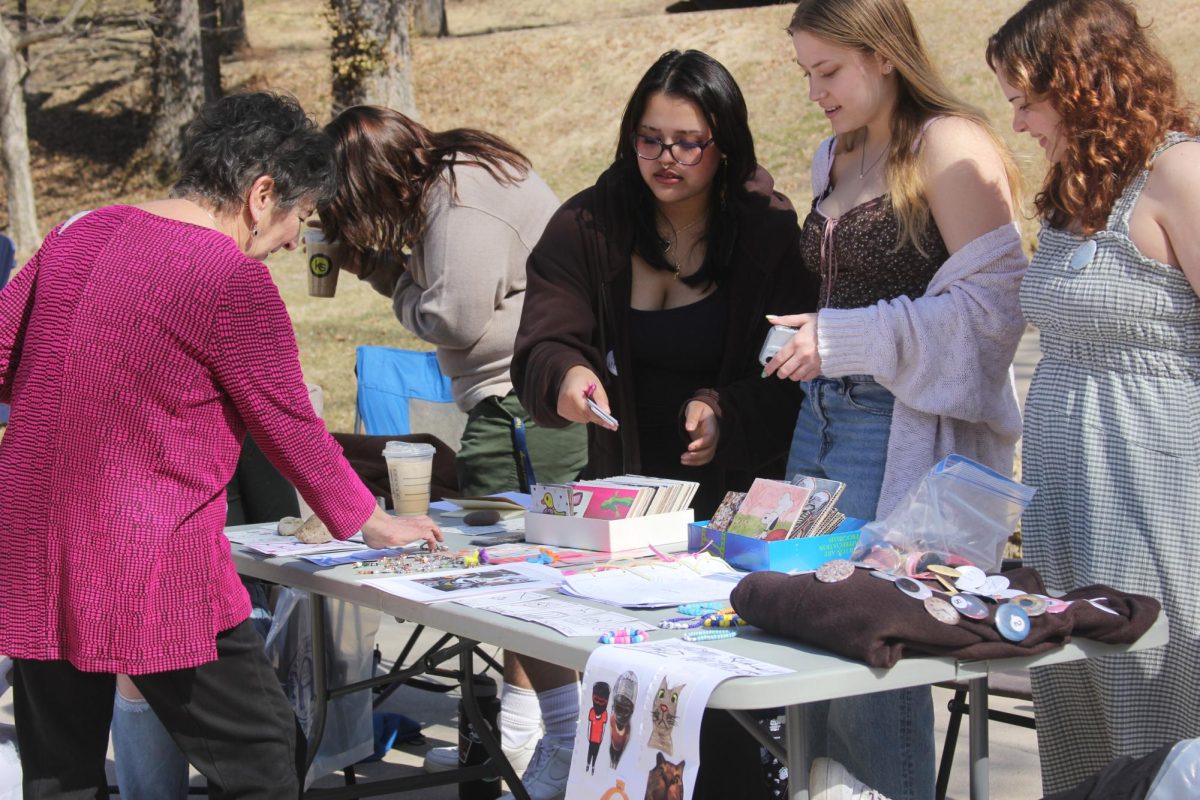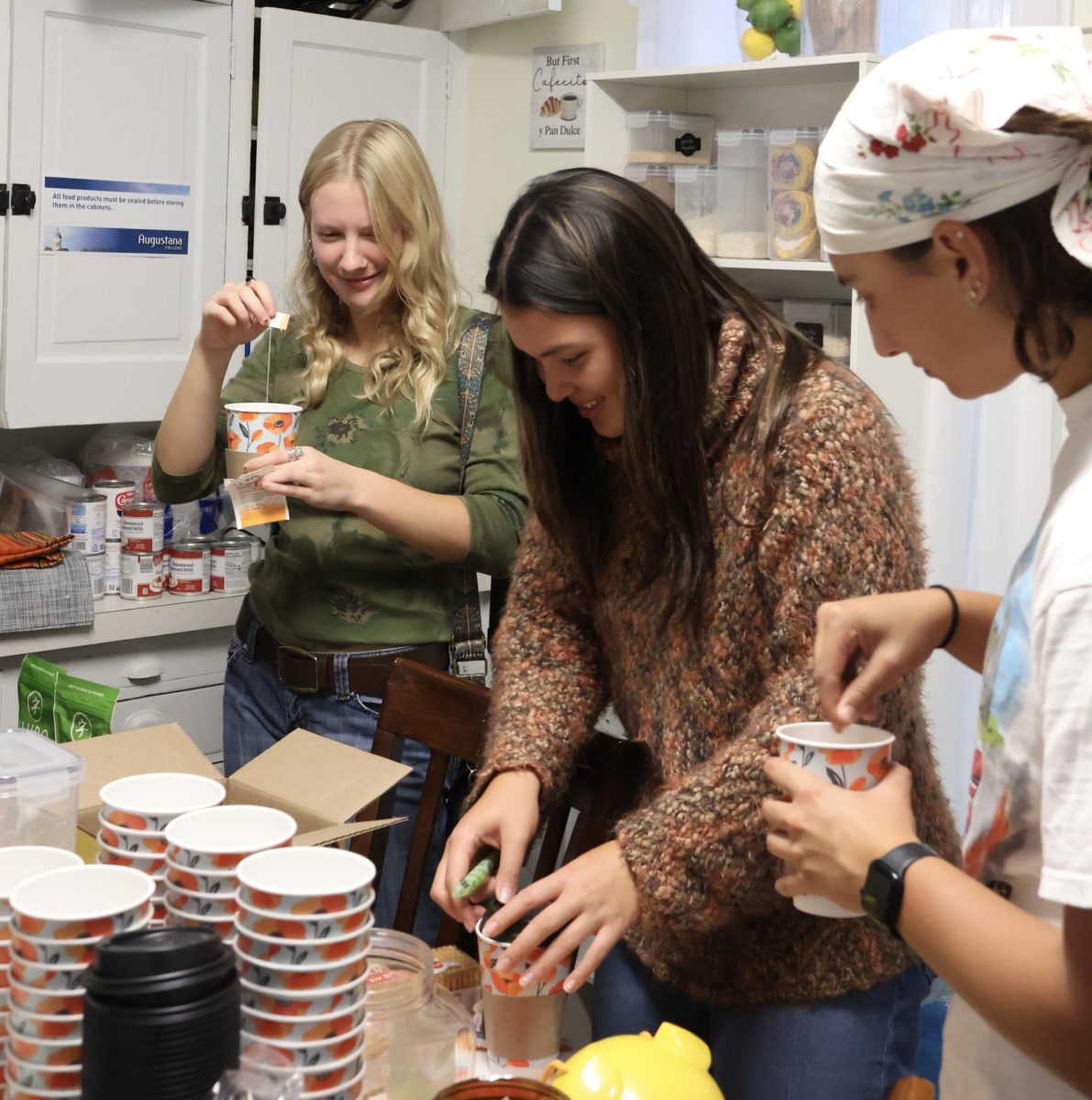Inside Casa Latina’s kitchen, students gathered around a table of teas from around the world, picking between jasmine, orange, peach oolong, thai and honey ginger to fill their cups. Sipping on the tea of their choice, students bonded over their favorite ways to prepare the universal drink at the International Tea Social on Oct. 17.
Like many drinks and dishes worldwide, different cultures prepare tea using different methods. Even though tea varies from culture to culture, the global drink unites tea lovers around the world.
Senior Josie Ramirez, an OSID culture house coordinator, organized the event to help individuals from different backgrounds form new friendships and meet new people through the culture of tea.
“There’s a lot of importance behind tea within many different cultures,” Ramirez said. “I got inspiration for the International Tea Social from another school [while] doing research to see what other ways campuses create interactions with culture.”
To create an inclusive environment, Ramirez researched teas from Central America, Taiwan, Polynesia, Vietnam and India. After deciding which teas to serve, Ramirez shopped at local businesses like Karen Asian Market in Rock Island and Mawua Food Market in Davenport.
Senior Alexxa Soto sipped black tea with condensed milk and sugar.
“Tea unites a lot of people, especially from different cultures,” Soto said. “How many people drink tea? A lot. You have the majority of Asia, with each country having its own version[…] and then you have Europe, where they have tea hour.”
Junior Diya Adhikari, an international student from Nepal, said tea is a major part of Nepali culture, as people drink it at nearly every meal. In Nepal, Adhikari prepares milk tea with ground black tea leaves and various spices, such as cardamom, bay leaves and cinnamon. As Adhikari is thousands of miles away from Nepal, drinking tea reminds her of home.
“It’s a very comforting thing, like a hug,” Adhikari said.
Ramirez said the culture house coordinators, herself and senior Emilio Rodriguez, set a goal for more students to visit culture houses this year and utilize its spaces.
“From what [culture house coordinators] understand and see, [people] might be hesitant to enter some of the houses out of respect, like they probably don’t think they belong there, which isn’t the case,” Ramirez said. “We really want students to use the houses.”
Events like the International Tea Social bring students who may not otherwise use the culture houses into the spaces. Ramirez says she wants to see more students using the spaces to gather with friends, cook in the kitchens or find a cozy spot to study. The culture houses are open to all student groups and individuals.
As someone who frequently uses the culture houses, Soto encourages all students to check out the spaces.
“I would love to see more people actively choose [the culture houses] and embrace them because this is meant to be a second home for people, for everyone on campus,” Soto said. “Getting to see people enjoy the spaces and grow together is really heartwarming.”
Casa Latina, Asian Pacific Islander Desi American House and Black Culture House can all be found off 9th Avenue. The houses are open weekly, Monday through Thursday from 5-9 p.m.
